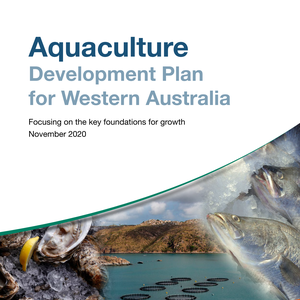The sex of many species of fish is determined by the temperature to which the organism is exposed early in life. This allows populations to adapt to environmental conditions when they give a reproductive advantage to one or the other sex.
In natural European seabass (Dicentrarchus labrax) populations, the sex ratio is on average balanced (as many males as females) with, however, variations linked to annual climatic conditions. In aquaculture systems, there is often a predominance of males (75-95%). Females are more sought after due to their faster growth and later puberty.
Sex: a complex mix of genetic control and the effect of temperature
Previous studies have been able to show that the sex of seabass is determined both by genetic factors (no X or Y chromosomes, but a male or female “sex tendency” linked to the combined effect of many genes) and water temperature during the first months of life. However, there was still controversy over this effect of temperature. While a majority of studies showed a feminizing effect of low temperatures, a few others showed an opposite effect (masculinizing effect of low temperatures).
An evolutionary hypothesis to explain the effect of temperature
Generally, low temperatures slow down the growth of cold-blooded animals, such as fish. So it seemed rather counterintuitive that females, which grow faster than males, would be favored by low temperatures. “It is this contradiction that prompted us to put forward an original hypothesis,” explained Marc Vandeputte, researcher at INRAE’s GABI unit. “Seabass breeding season lasts from February to the end of March. We could therefore hypothesize that breeding at the start of the season, in rather cold water, would allow a longer growing season to come, and, consequently, a larger size at the time of reproduction, an important criterion for females. This could explain that cold water promotes the development of females. The logical counterpoint was then to imagine that a low temperature which would continue during growth but before sex differentiation, by limiting growth, could favor the male sex.”
To test this hypothesis, INRAE and Ifremer teams raised seabass at low temperature (16°C) for 11-244 days post-hatch, before transferring them to a higher temperature (21°C). Researchers first confirmed the generally accepted hypothesis that a low temperature (<17°C) in the first 56 days of life preferentially directs young seabass towards the female sex. On the other hand, beyond 56 days, maintaining a low temperature had the opposite effect, directing the animals towards male sex, reaching up to more than 90% of males after 230 days at 16°C.
A unique case to date in the animal kingdom
This is the first observation of the opposing effects of temperature on sex determination at different stages of development, showing the complexity of the effects of temperature. These results open up new perspectives for aquaculture farming practices.
Download the study here.













